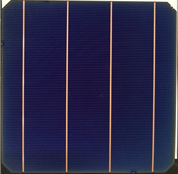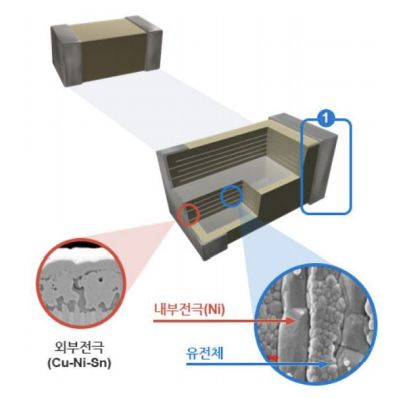NET-ZERO (Sustainable Energy Environment)
digital transformation of hydrogen infrastructure Electrode material technology to
improve solar cell efficiency Material/process technology to
secure long-term stability of
next-generation solar cell (tandem) module Wind farm real-time simulator and
control technology based on wake prediction Transmittance-variable
Smart Window
- Green energy solution
- Technologies and products that can replace existing fossil fuels such as renewable energy (solar power, wind power, etc.), green hydrogen, and fuel cells, or reduce energy consumption like smart windows.
- Technical overview
-
Real-time digital simulator technology that can stably operate hydrogen energy and prevent accidents through facility control, safety diagnosis, and monitoring of hydrogen infrastructure throughout the entire life cycle, such as hydrogen production, storage, liquefaction, transportation, and utilization
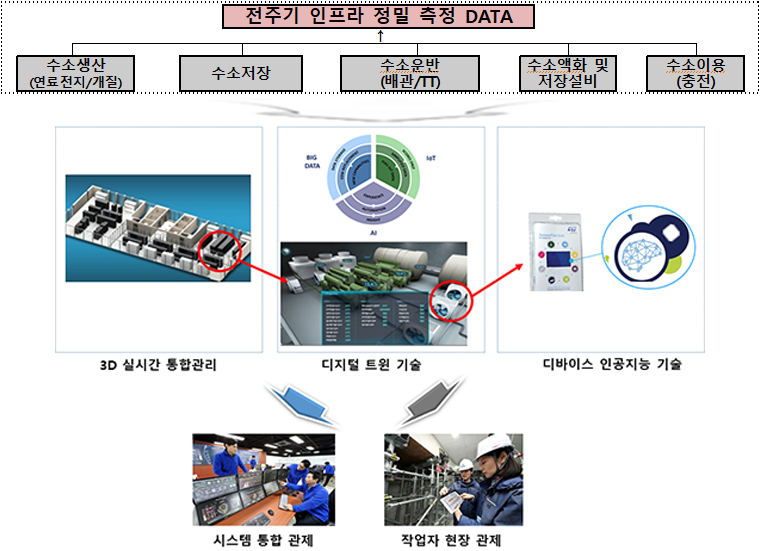
- Necessity and importance
-
(Market) The size of the global hydrogen production market is $120.8 billion in 2020, and is expected to grow 5.7% per year (from 2021 to 28) (Source: Grand View Research)
(Policy) Announcing a roadmap for revitalizing the hydrogen economy (January 2019), establishing and promoting a national strategy with the goal of becoming a leading country in the hydrogen economy Plan to supply 2.9 million Hydrogen Fuel Cell Vehicles by 2040 and build 1,200 hydrogen refueling stations
- Application
-
< Application field of virtual integrated platform for hydrogen industry >
Areas Description hydrogen infrastructure Increase productivity through virtual integrated management of hydrogen life cycle infrastructure
Real-time status monitoring, risk prediction, emergency response management
Integrated facility management
- Technical overview
-
A material technology that allows low-cost (copper) materials to have low resistivity under high temperature conditions of 700°C or higher without using reducing gas, and can be replaced with solar cell electrodes, MLCC electrodes, Ag electrodes, etc.
-
- Necessity and importance
-
(Market) The global solar market size is expected to grow from $53.9 billion in 2018 to $333.7 billion in '26 (Source : Allied Market Research)
(Policy) Required to supply solar power to achieve eco-friendly energy policies such as renewable energy 3020, Korean Green New Deal, and 2050 carbon neutrality
- Application
-
< Efficiency improvement electrode material technology application field >
Areas Description Material Electromagnetic wave shielding material technology
Surface heating material technology
FCCL (Flexible Copper Clad Layer) technology through screen printing method
Ag electrode alternative material technology
- Technical overview
-
Moisture-proof material (encapsulant) and mass-production process (modularization) technology to secure long-term reliability of organic/inorganic next-generation solar cell modules
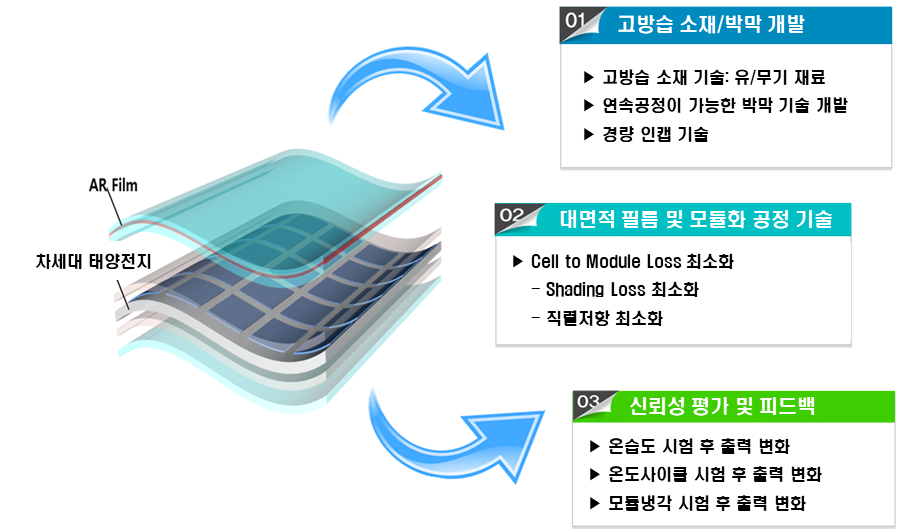
- Necessity and importance
-
(Market) As for crystalline silicon solar cells, which account for more than 98% of the global photovoltaic market, Chinese companies secure 85% of the production scale (about 68GW, about 29 trillion won), so it is necessary to develop and approach a differentiated market Encapsulation materials for next-generation solar cells are in the early stages of technology development, and market leadership can be secured through preemptive technology development
(Policy) Contribute to the Green New Deal and foster the eco-friendly energy industry by developing long-term reliability technology, which is a key technology for commercialization of next-generation solar cells
- Application
-
< Next-generation solar cell module applications >
Areas Description Renewable Energy
(solar)Securing reliability of next-generation solar cell single module
Securing long-term reliability of heterojunction solar modules for ultra-high efficiency
Efficiency improvement of flexible, crystalline and organic solar cells through development of high transmittance/low reflectance polymers
- Technical overview
-
Control system that minimizes the mechanical load of the wind turbine and improves the utilization rate by predicting the wind flow in the wind farm
Real-time simulation technology that accurately simulates the behavior of wind farm to verify the control system
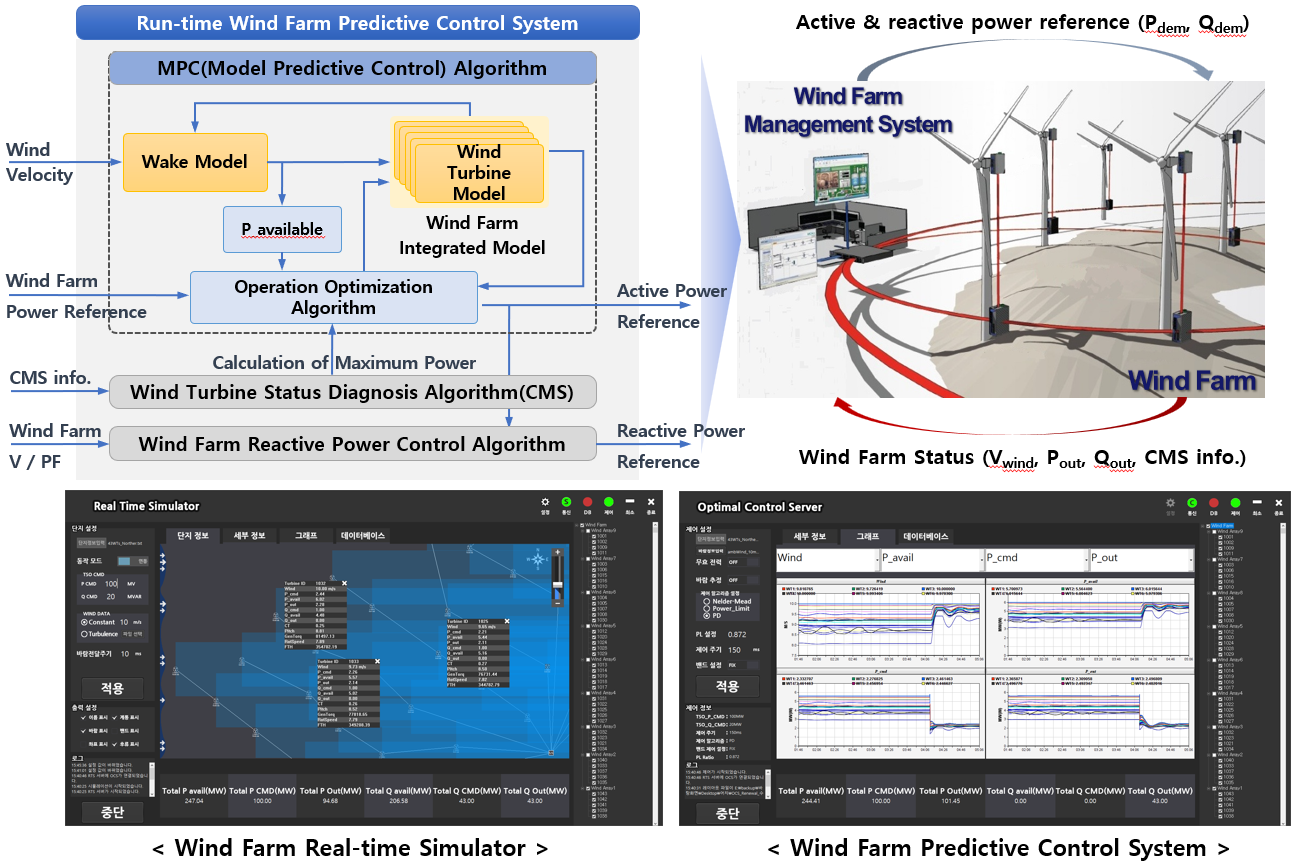
- Necessity and importance
-
(Market) The global wind energy market size is projected to grow from USD 62.1 billion in 2019 to USD 127.2 billion in 2027, growing at a compound annual growth rate (CAGR) of 9.4% (Source: Research and Markets)
(Policy) In the third energy master plan, the proportion of renewable energy generation will be expanded to 30~35% by 2040
- Application
-
< Applications of real-time simulator and control technology >
Areas Description Energy Fundamental technology for renewable energy digital twin system
ower generation prediction technology considering the wind field in the wind farm
Renewable energy operation technology for grid stabilization and auxiliary service support of power system
Sector coupling technology such as P2H, P2G, and P2M
- Technical overview
-
Without being powered, smart window technology enhancing energy efficiency can control transmittance of sunlight coming from outside and reduce internal heat losses through windows
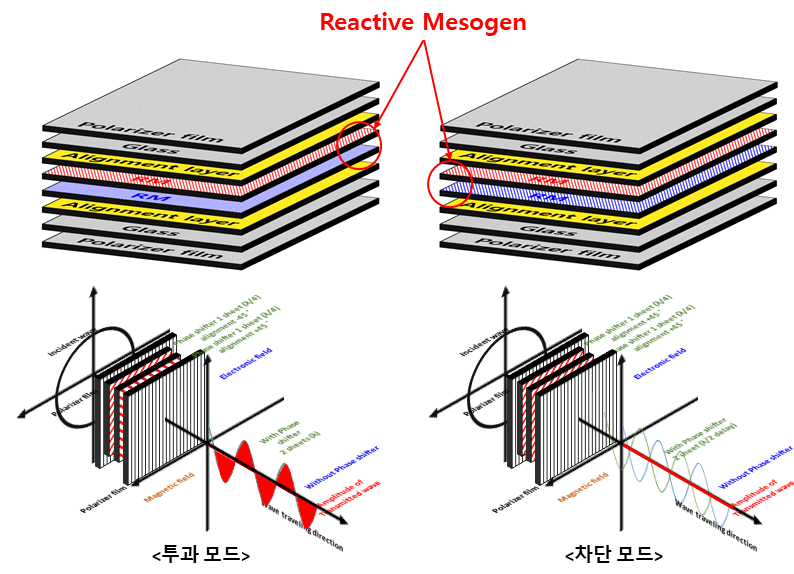

- Necessity and importance
-
(Market) The global smart window market was valued at $3.6 billion in 2020 and it is expected to reach $6.8 billion by 2026, registering a CAGR of 11.4% from 2021 to 2026(source: GIA)
(Policy) The government establishes a road map for reducing greenhouse gas emissions and a mandatory policy of zero-energy buildings(ZEBs)
- Application
-
< Application of smart window >
Areas Description Transportation Apply to windows, rear view mirrors(antiglare), sunroofs of transportation vehicles such as automobiles, aircraft and watercraft
Display Apply to QD display and μLED display by using phase delay film technology
Apply to flexible display by using a high heat resistant film with excellent polarization properties
Copyright(C) 2016 KOREA ELECTRONICS TECHNOLOGY INSTITUTE., All Rights Reserved.


